Forests around the world are under threat from climate change, habitat destruction, overlogging, wildfires, invasive species, and other human impacts. As per experts like SustainForestManagement, as key biodiversity hotspots and carbon sinks, forests play a vital role in mitigating climate change, supporting wildlife, and providing resources for local communities. Without urgent action, we risk permanently losing these precious ecosystems and the many benefits they provide. Implementing sustainable forest management techniques has become an extremely pressing concern. These proven strategies and policies can help preserve forests for future generations while meeting economic needs today.
Table of Contents
Climate Change and Deforestation Escalating the Crisis
Climate change brings hotter temperatures, shifting rainfall patterns, worsening wildfires and other disturbances that jeopardize tree health. Simultaneously, deforestation caused by logging, agriculture, mining and development continues fragmenting once intact forests.
Sustainable Timber Harvesting Essential
Sustainable timber management ensures logging practices maintain biodiversity, soil quality, water resources and community access over repeated harvest cycles.
Key techniques involve mapping sensitive conservation areas, retaining diverse tree species and ages, operating during low impact seasons and partnering with local groups to monitor operations. Following these guidelines prevents overexploitation while still yielding reasonable economic returns.
Reforestation and Restoration: Letting Forest Regrow
Where forests have been recently lost, practices like reforestation and ecological restoration allow regeneration of native tree species and habitats.
Once land uses change or disturbances are mitigated, actively replanting seedlings kickstarts natural regrowth. Dense, biodiverse forests can return surprisingly fast with this support. Costa Rica’s payments for ecosystem services program has fostered over 60% forest recovery nationally since 1997.
Community Participation: Engaging Those Affected
For management plans to work, full participation by indigenous peoples, forest-dwellers and other local stakeholders is mandatory. Through cooperatives and secure land tenure, these groups gain both fair benefits and responsibilities safeguarding their forests long-term.
Development Undermining Progress
Unfortunately, road-building, mining, dams and other infrastructure continue fragmenting forest blocks despite conservation gains made elsewhere. Only through collective insight can we craft policies and incentives guiding smarter decisions.
Final Call to Action
Earth’s forests represent stunningly diverse expressions of life covering only 30% of land, yet housing over 80% of the world’s biodiversity. These habitats have nurtured human societies for millennia through shelter, nourishment and culture. Their continued existence upholds entire ecosystems benefiting us all.
Still driven by short-term profits, humanity has already destroyed over 80 million hectares of irreplaceable ancient woodlands. The race against time to implement effective forest management across remain
Why are intact forests important?
Intact forests provide habitats for 80% of terrestrial biodiversity. As core nurseries and carbon sinks combating climate change, their conservation stabilizes ecosystems and weather patterns. Forests also supply essential resources sustaining local communities.
What outcomes does sustainable forest management target?
Sustainable management aims to balance economic viability, social equity and ecological health through responsible stewardship. Main goals include conserving biodiversity, soil nutrients and water resources over repeated harvest cycles while upholding community welfare.
How can policymakers strengthen forest management?
Governments play key roles through protected areas, incentivizing smart land use planning, participatory management programs, cracking down on illegal logging, coordinating restoration projects and funding further research and monitoring.
What can everyday citizens do to help?
Citizens can support well-managed forestry operations, donate to nonprofits working on-the-ground, write letters advocating for reform and contact elected leaders to spur change through regulation. Even small daily choices like recycling paper or choosing FSC-certified goods make a real difference!
Why involve local communities in forest management?
Forested areas often overlap with indigenous territories whose traditional lifestyles intrinsically value conservation. Collaborating with these groups through secure land tenure, benefit sharing and democratic governance enables management plans addressing both cultural and ecological priorities.

































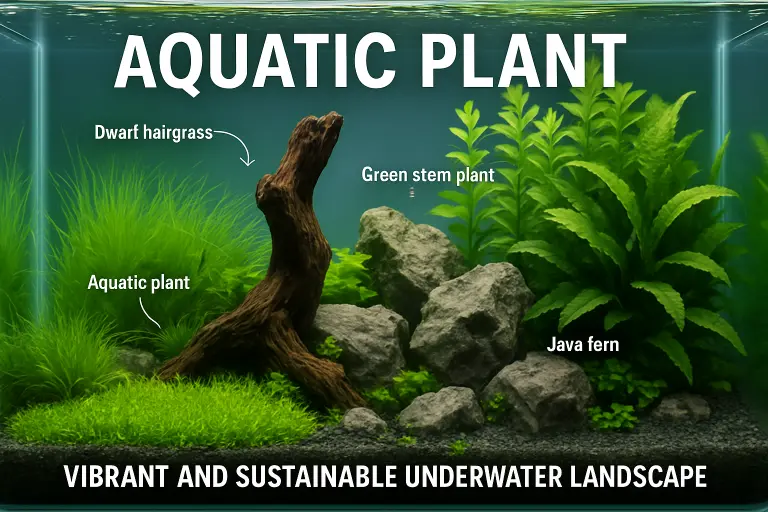

























































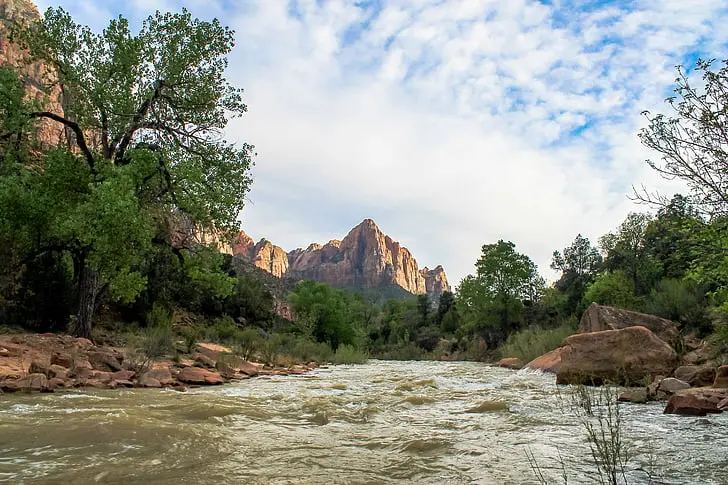








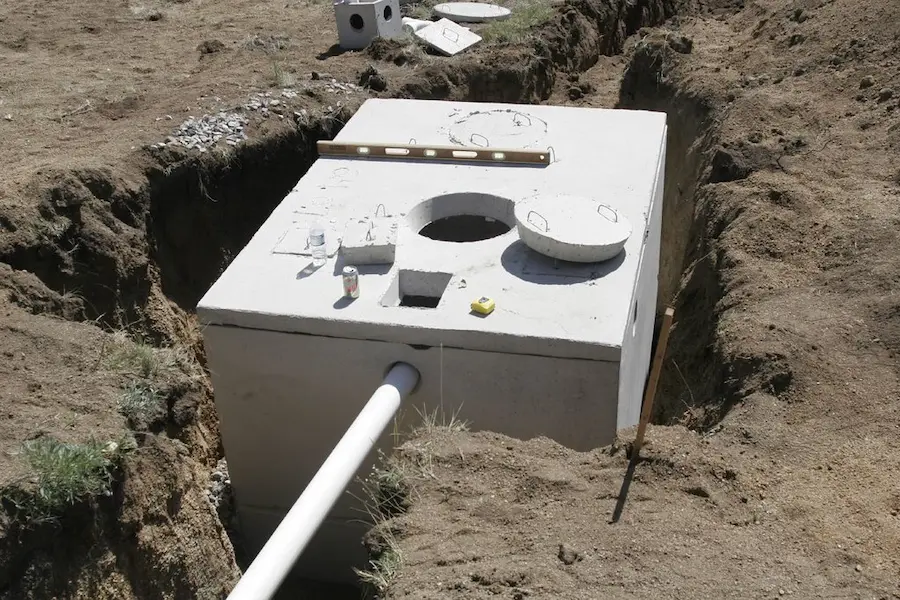




































































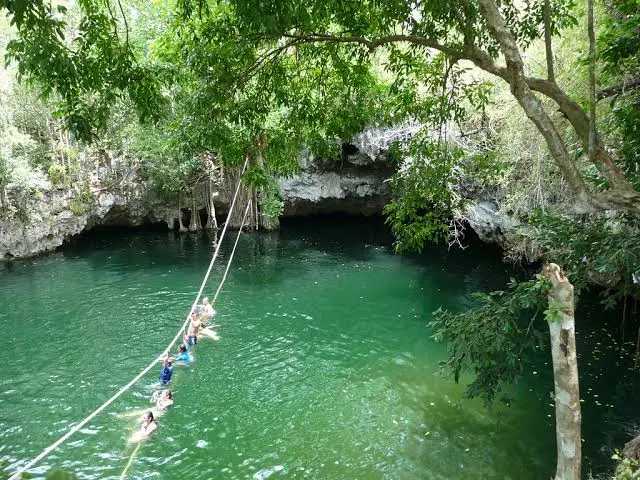



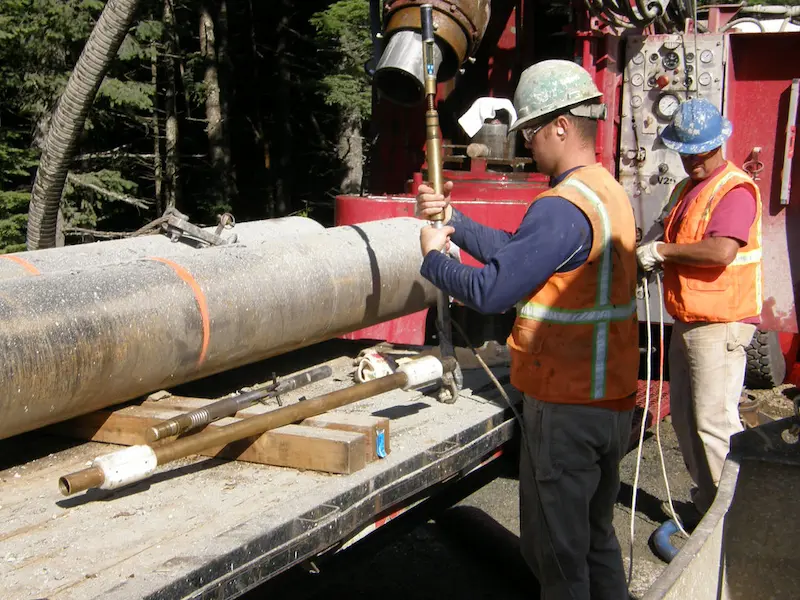























































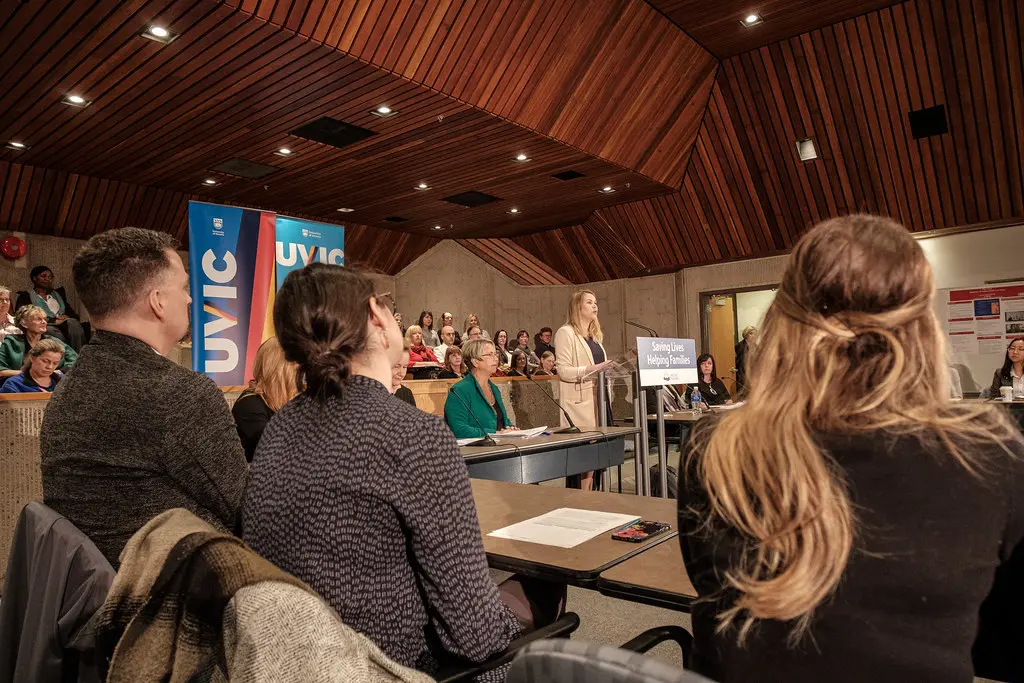









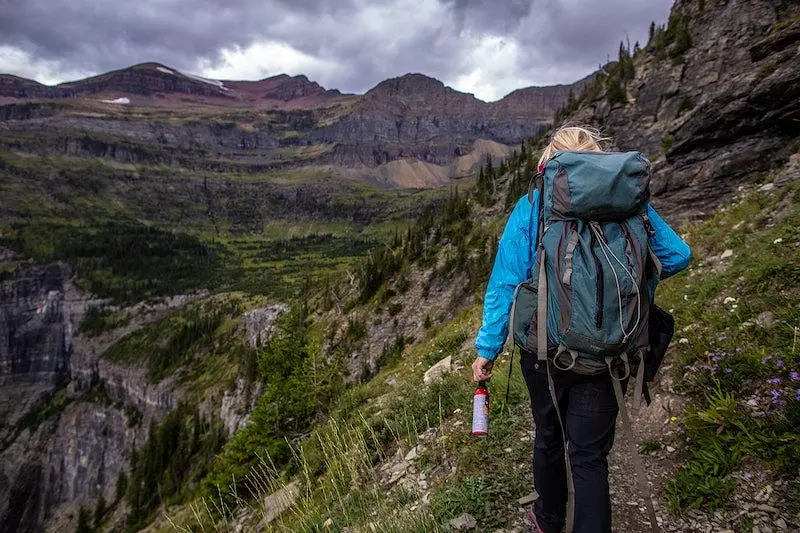











































































































































































































































































































































































































































































































































































































































































































































































































































































































































































































0